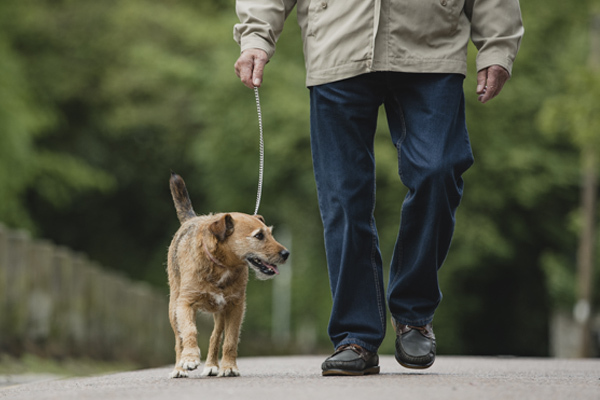There is a reason ‘having backbone’ is celebrated. Made up of vertebrae, joints and soft tissues, our spines are strong and flexible. They allow us to dance, hug, flip and dive. They even have a set of shock absorbers built in: our discs.
And the best way to look after our spine is to move it. Even when you’re experiencing low back pain.
Although it may seem counter-intuitive, one of the best things you can do for low back pain is to keep moving says Professor Mark Hancock on behalf of the Australian Physiotherapy Association (APA).
“When we experience back pain, our natural instinct is to protect our back by tensing up and avoiding activity. This makes sense when we have a broken bone or tissue damage that needs time to heal. The problem is, most back pain is not related to tissue damage. Over-protecting it can actually delay your recovery,” says Professor Hancock.
“There is overwhelming evidence to show the positive impact of regular exercise when it comes to managing low back pain. Even small amounts of movement can be very beneficial.”
Why movement works for low back pain
Your back is made to move. Whether you love a walk in the bush or a weights session at the gym, physical activity keeps the spine mobile and moving. It strengthens the whole body and helps to maintain a healthy weight. This all helps to keep the spine healthy.
Engaging in regular physical activity also comes with other perks: decreased inflammation, improved cardiovascular fitness, increased pain-relieving endorphins, improved mood, sleep and psychological wellbeing and less sensitive pain pathways.
How to move with low back pain
If you’re experiencing strong low back pain, it’s important to keep up with your everyday activities as much as you can.
“There usually isn’t a particular exercise you need to do for low back pain, all you need to do is continue with simple, everyday activities as much as possible ,” says Professor Peter O’Sullivan on behalf of the APA. “Things like shopping, cooking or walking the dog even 20 minutes of walking or movement exercises can improve symptoms .”
If your pain gets worse after certain activities, you may need to change the way you do those activities until your pain improves. For example, you might go for a walk instead of a jog, or reduce the number of laps you swim at the pool. You can start to build up again when your low back pain improves.
Keep moving to build your strength
If your back pain has settled down, or you’re experiencing mild low back pain, gradually building up your exercise routine will strengthen your back and help prevent low back pain in future.
According to Professor O’Sullivan, the best exercise is usually the one you love. “Find what works for you and your lifestyle — whether that’s aerobic exercises like walking and swimming or mobility and strengthening workouts like Pilates and yoga — and then use a paced approach to slowly increase how much you do, and how often. Soon you’ll start to enjoy the magic of movement, and, of course, improved low back pain.”
Look after your general health and wellbeing
As well as exercise, looking after your general health and wellbeing is an important part of managing low back pain. This includes getting enough sleep, quitting smoking, eating well, managing your stress, maintaining a healthy weight, and looking after your mental health.
When to see a health professional
For the majority of people, low back pain gets better quickly with minimal treatment. In a small number of people, symptoms can persist, particularly when they avoid movement and over-protect their back.
If your back pain doesn’t improve or gets worse, you are experiencing numbness, tingling or weakness in your legs, or bladder symptoms such as difficulty passing urine, see a doctor or physiotherapist. They can screen you for serious causes of low back pain, explain what’s going on and provide a personalised plan for your recovery.

This information was developed in partnership with the Australian Physiotherapy Association (APA), with thanks to Professor Peter O’Sullivan, APAM (Curtin University) and Professor Mark Hancock, APAM (Macquarie University).
